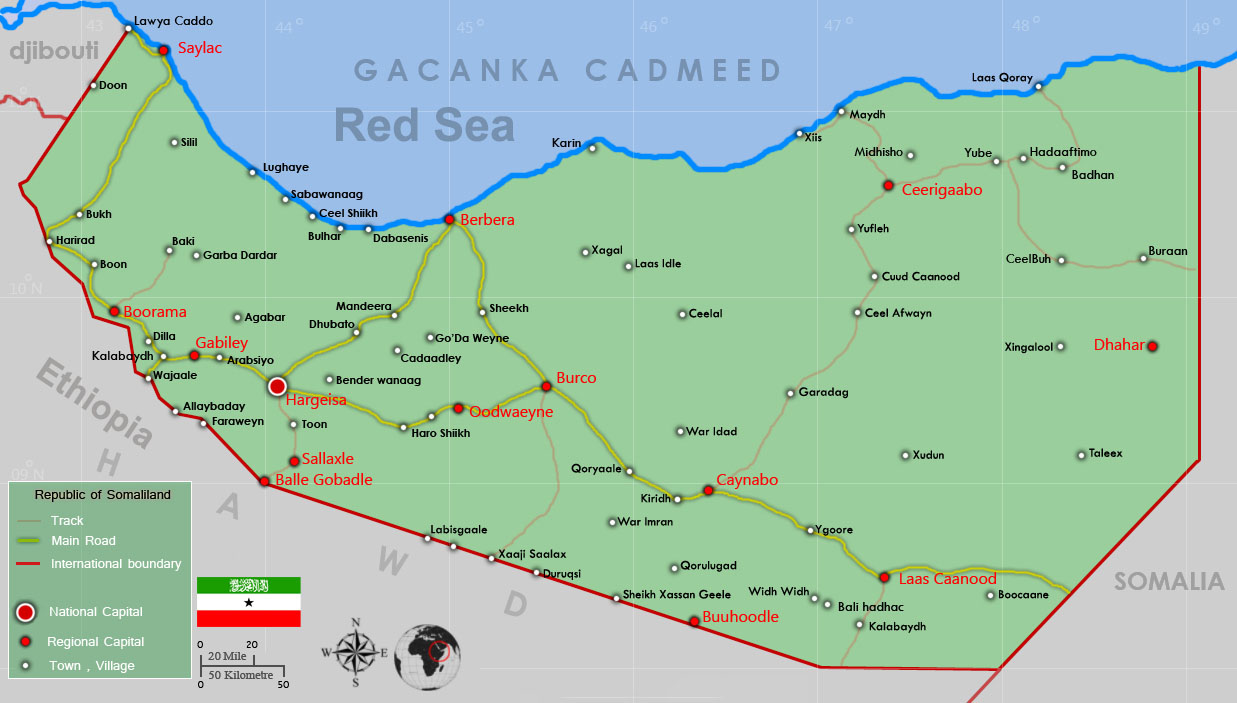
Geography & Climate
The Republic of Somaliland is situated in the Horn of Africa. It is bordered by Djibouti to the west, Ethiopia to the south, and the Puntland region of Somalia to the east. Somaliland has a 740 kilometres (460 mi) coastline with the majority lying along the Gulf of Aden. The region is slightly larger than England, with an area of 137,600 km2 (53,100 sq mi). It lies between Latitudes 8o and 11o27’ North and Longitudes 42o35’ and 49o East; it has mountain ranges rising up to six and seven thousand feet in the centre and in the east of the country respectively.
Somaliland is located north of the Equator, the sun passes vertically overhead twice a year, on 22 March and 23 September. The country’s climate is a mixture of wet and dry conditions. The northern part of the region is hilly, and in many places the altitude ranges between 900 and 2,100 metres (2,953 and 6,890 ft) above sea level. The Awdal, Saaxil and Maroodi Jeex (Woqooyi Galbeed) regions are fertile and mountainous, while Togdheer is mostly semi-desert with little fertile greenery around. The Awdal region is also known for its offshore islands, coral reefs and mangroves. In general it is semi-arid with average daily temperatures ranging from 25oC to 35oC. The humidity of the country varies from 63% in the dry season to 82% in the wet season.
Seasons
Somalilanders recognise four seasons in the year; Gu and Hagaa comprise spring and summer in that order, and Dayr and Jiilaal correspond to autumn and winter respectively. The average annual rainfall is 14.5 inches in most parts of country, and most of it comes during Gu
and Dayr. Gu, which is the first, or major, rainy season (late March, April, May, and early June),experiences the heaviest rainfall in Ogo and Hawd. This constitutes the period of fresh grazing and abundant surface water. It is also the breeding season for livestock.
Hagaa (from late June through August) is usually dry although there are often some scattered showers in Ogo; these are known as Karan rains. Hagaa tends to be hot and windy in most parts of the country. Deyr (September, October, and early November), which roughly corresponds to autumn, is the second, or minor, wet season; as the word “minor” suggests, the amount of precipitation is generally less than that of Gu. Jilaal, or winter, falls in the coolest and driest months of the year (from late November to early March). It is a season of thirst. Ogo and Hawd receive virtually no rainfall in winter. The rainfall in the Guban zone, known as “Hays”, comes between January and March or from December to January.

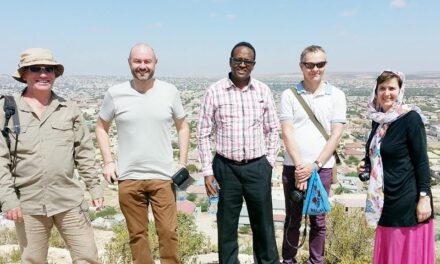


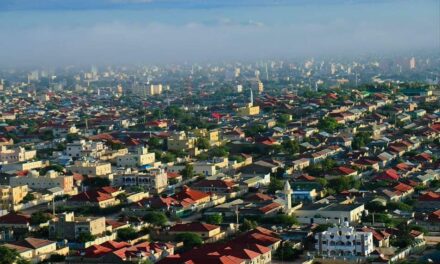


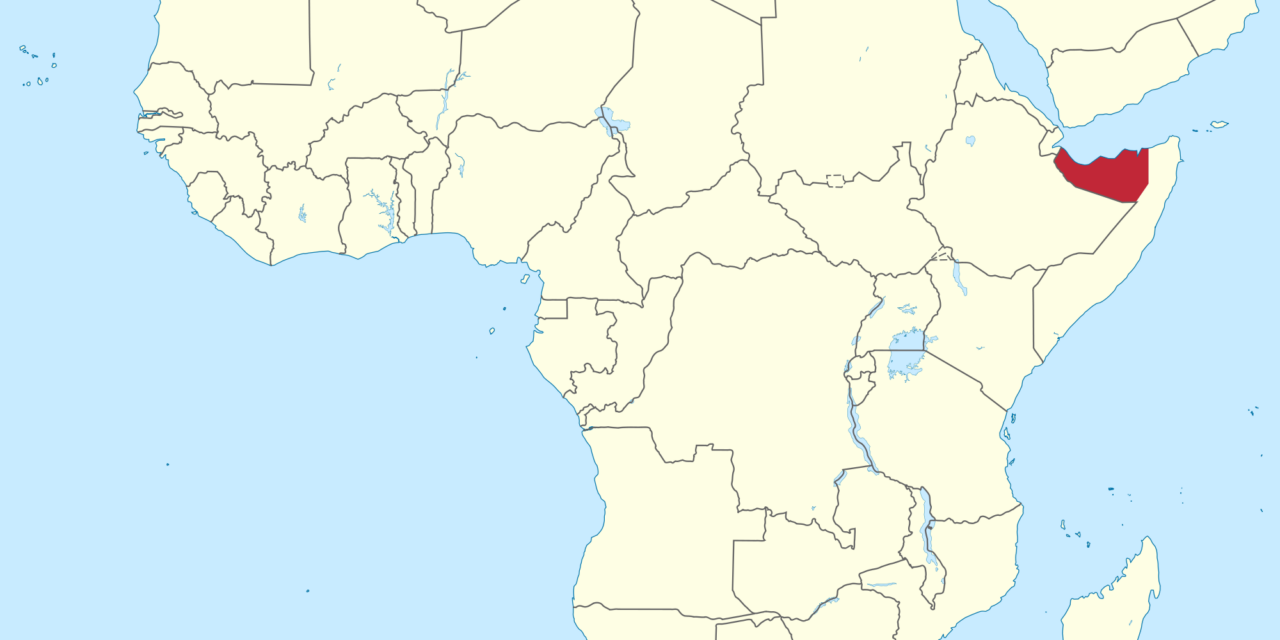
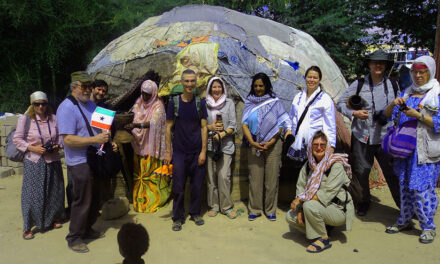
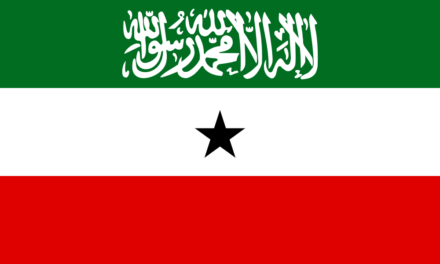
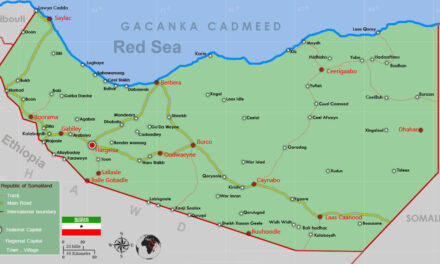
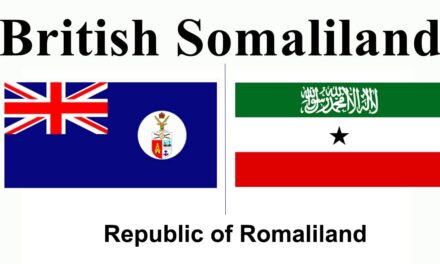


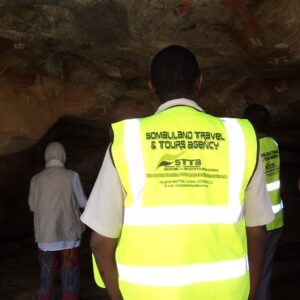
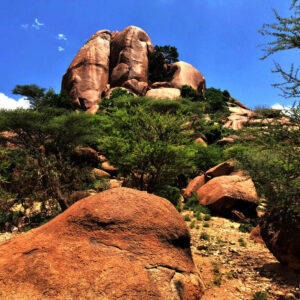
Recent Comments